Mortise locks are a top choice for enhanced door security. They are loved by both homeowners and businesses. Their strong build and good looks make them a great option for durable locks for home and business use.
These locks need a mortise, or a pocket, cut into the door. This makes them very secure and hard to mess with. They offer more security than cylindrical locks. This gives peace of mind in homes, offices, or historical buildings.
The mortise lock mechanism is impressive in its design. It fits deeply into a door, making it very secure. Made of high-quality stainless steel, these locks last long and protect well. They need regular care, like cleaning and oiling every 6 to 12 months, to keep working well.
If you want better door security, consider getting mortise locks. They blend classic looks with advanced security. This makes them a key choice for keeping homes safe.
When looking at different locks, it helps to know about the parts and how they work. This is useful for mortise lock installation or choosing the right lock for your place.
What is a Mortise Lock?
A mortise lock is a strong lock system placed inside the door. It makes the door much safer. Unlike locks that attach to the surface, a mortise lock requires cutting a space in the door. This space holds the lock mechanism. This approach greatly improves the lock’s strength and safety. Many property owners prefer it for these reasons.
Mechanism Explained
The parts of a mortise door lock work together to lock the door. The lock cylinder is key to this mechanism. It has pins and tumblers that align when the right key is used. This lets the cylinder turn. This turning moves the spindle. The spindle pulls back the latch or moves the deadbolt. This locks or unlocks the door.
Components of a Mortise Lock
A mortise lock has many important parts. These parts are vital for its work and lasting use. The parts include:
- Lock Body: The case that holds the lock mechanism inside.
- Lock Cylinder: Where you put the key. It works with the pins and tumblers.
- Strike Plate: On the door frame, it catches the latch or deadbolt when the door shuts.
- Spindle: A metal rod connecting the lock body and handle. It helps in moving the lock.
- Faceplate: The trim on the door’s edge where the lock sits.
Together, these parts make a mortise lock very secure. Installing this lock right needs careful measuring and skills. It ensures all parts work well together.
Factors Affecting Mortise Lock Price
Choosing a lock for your door involves understanding key factors. These include the quality of materials and the design complexity. Both play a crucial role in setting the mortise lock costs.
Material Quality
Materials matter a lot in mortise lock pricing. For instance, locks from premium materials like stainless steel or brass cost more. Yet, they last longer and provide better security. In contrast, plastic or aluminum locks may be cheaper but aren’t as strong. So, spending more on quality materials means your lock can handle much more wear and tear.
Design Complexity
The design of the lock also affects its cost. Mortise locks, with their detailed mechanisms, often cost more than simpler locks. This complexity means you’ll need skilled locksmith services for installation and upkeep. Plus, locks with advanced security features or stylish designs also have higher prices. It’s why many choose mortise locks for premium and secure doors.
Customization and Installation
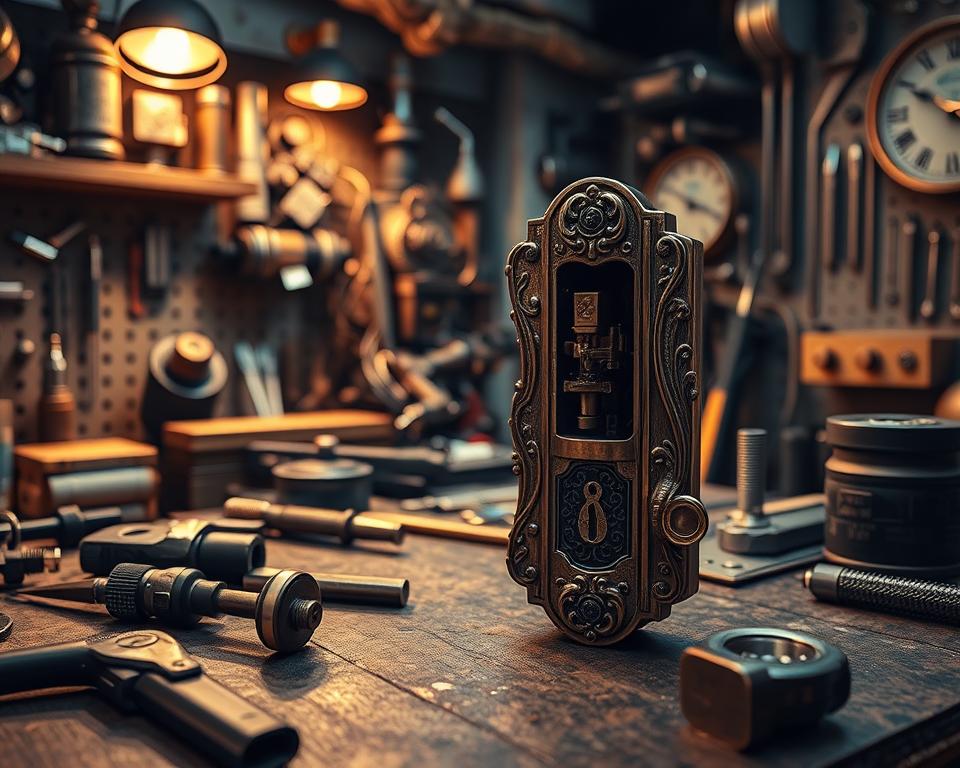
Customizing a lock adds to its cost too. For example, adjusting a lock for a specific door or adding unique features requires special tools and skills. This means you’ll pay more for door lock installation services. Brand reputation, like the well-regarded Park Avenue Locks, can also affect price. These brands are known for their durable and stylish locks.
Knowing these factors will help you select a mortise lock. Choose one that offers a good mix of cost, quality, security, and looks.
Different Styles and Types of Mortise Locks
Mortise locks have been popular in Europe and North America since the 18th century. They are installed in both commercial and residential buildings. These locks have different mechanisms and styles to meet various security needs.
Deadbolt Mortise Locks
Deadbolt mortise locks are known for their strong security. They are perfect for exterior doors. Their mechanism is heavy-duty and resists force well. This makes them a top choice for protection. They are made of solid brass or steel, making them durable. Plus, they often have ANSI Grade 1 ratings, showing high security.
Sash Mortise Locks
Sash mortise locks combine a latch and deadbolt. This offers convenience along with good security. They come in 3-lever and 5-lever types, the latter for higher security needs. These locks are reversible. This makes them simple to install on both left and right-handed doors.
Bathroom Mortise Locks
Privacy is key for bathroom locks. These locks protect personal spaces efficiently. They have an emergency release feature, usable without a key from the inside. You can choose from various designs, like the ornate rose lock or the practical lever lock. They match different styles and colors, like polished brass and chrome.
Installing a Mortise Lock
Adding a mortise lock to your door boosts security and function. The installation process involves several steps to ensure a secure fit. Doing it right significantly enhances your door’s effectiveness.
Choosing the Right Lock
It’s vital to pick the right mortise lock at the start. Think about door size, needed security level, and mechanism type. They come in different styles and finishes, like brass or stainless steel. Choose one that fits your needs and matches your door’s style.
Preparation
Get your door ready before installing the lock. Make sure it’s level and clear of any blocks. You’ll need tools like Phillips screwdrivers, a flat blade screwdriver, a T20 Torx wrench, and a 1/8″ Allen wrench. Good prep is the foundation of a successful installation.
Installation Steps
The instructions for installing the lock are clear:
- Mark the spot for the mortise on the door.
- Chisel out a pocket for the lock body.
- Place the lock body in the mortise.
- Ensure the lock’s front plate is flush with the door.
- Put in the cylinder collar and lock cylinder, aligning them right.
- Attach the faceplate and strike plate to the door frame.
- Check if the lock works smoothly.
It’s vital to align the lock cylinder and spindle correctly. Keep your lock working well with some light oil and cleaning. If you need more help, check out this resource for expert advice on mortise locks.
Conclusion
Mortise locks are a top pick for secure locking solutions. They are known for their tough build and lasting performance. First made in the 18th century, they’re widely used in Europe and the US. These locks offer high levels of security.
Sash locks come in 3-lever or 5-lever options for different security needs. The 5-lever kind is best for outside doors. They are built to handle lots of use. This makes them great for homes and businesses alike.
These locks come in stylish finishes like brass and chrome. They fit well in any design. Mortise locks need doors at least 35mm thick. They offer more security than cylinder locks. They’re also great for places with lots of traffic.
They can be part of complex key systems. This is a big plus for businesses needing high security.
Park Avenue Locks is known for top-quality mortise locks. They’re easy to set up and take care of. In Toronto, working with skilled locksmiths can help you pick the best locks. Mortise locks mix long-lasting security with a timeless look. They keep your place safe and stylish.

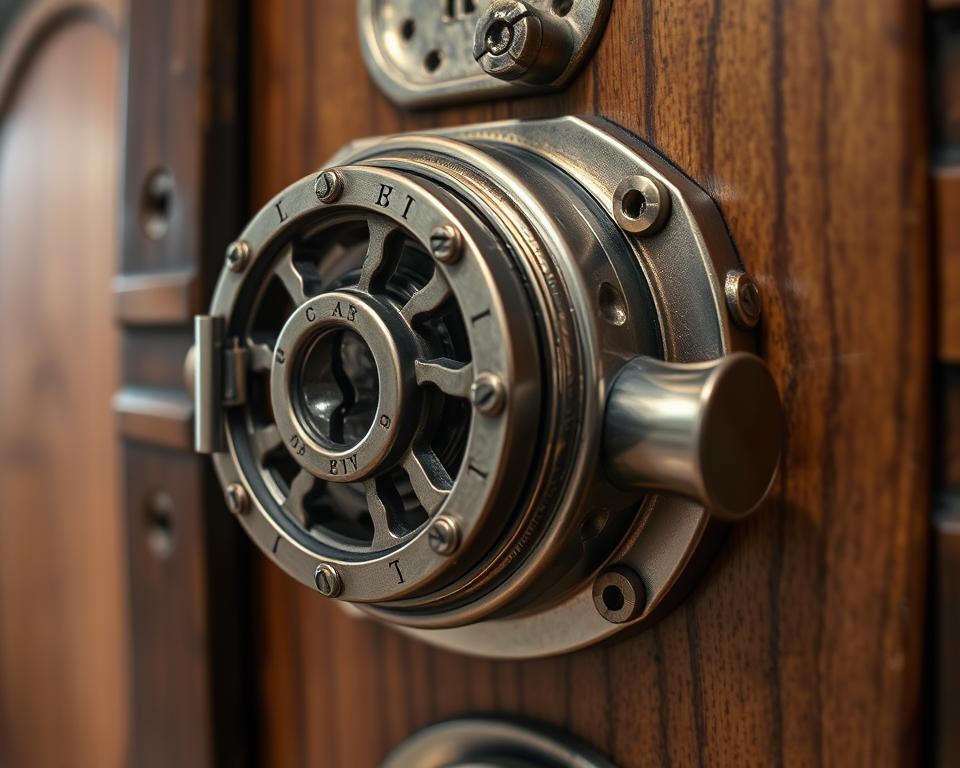
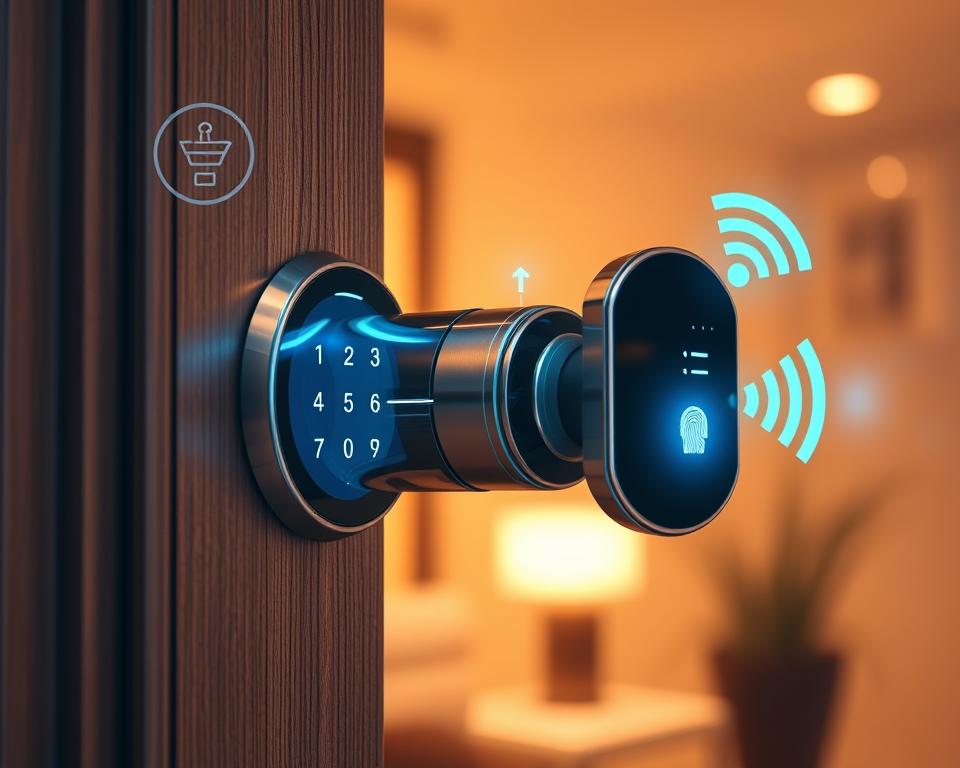
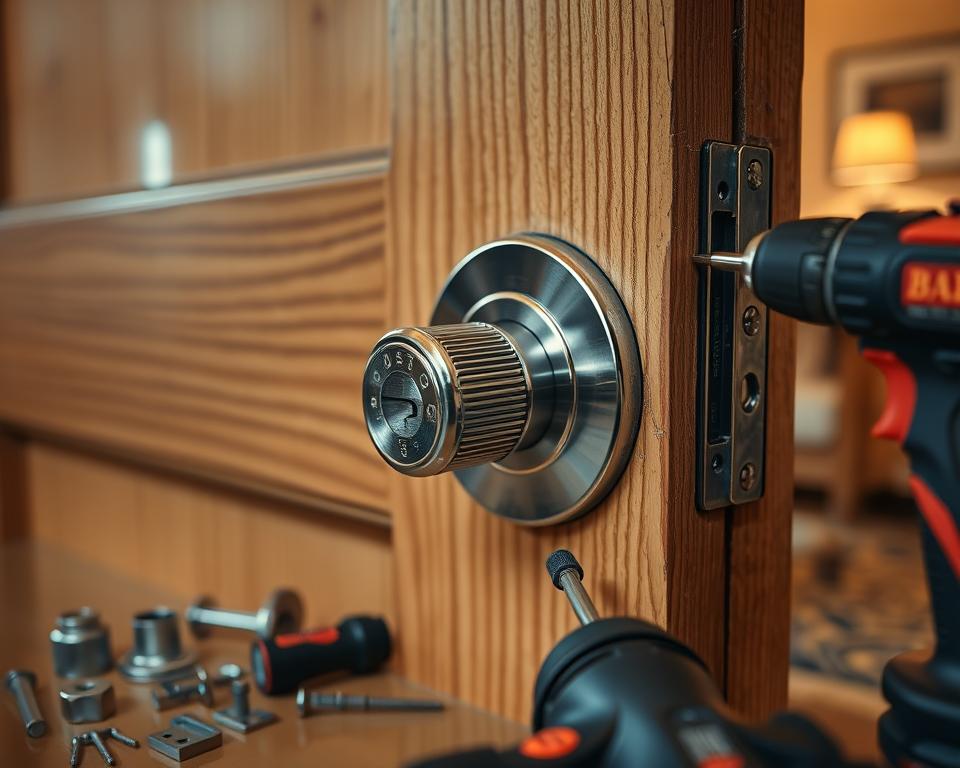
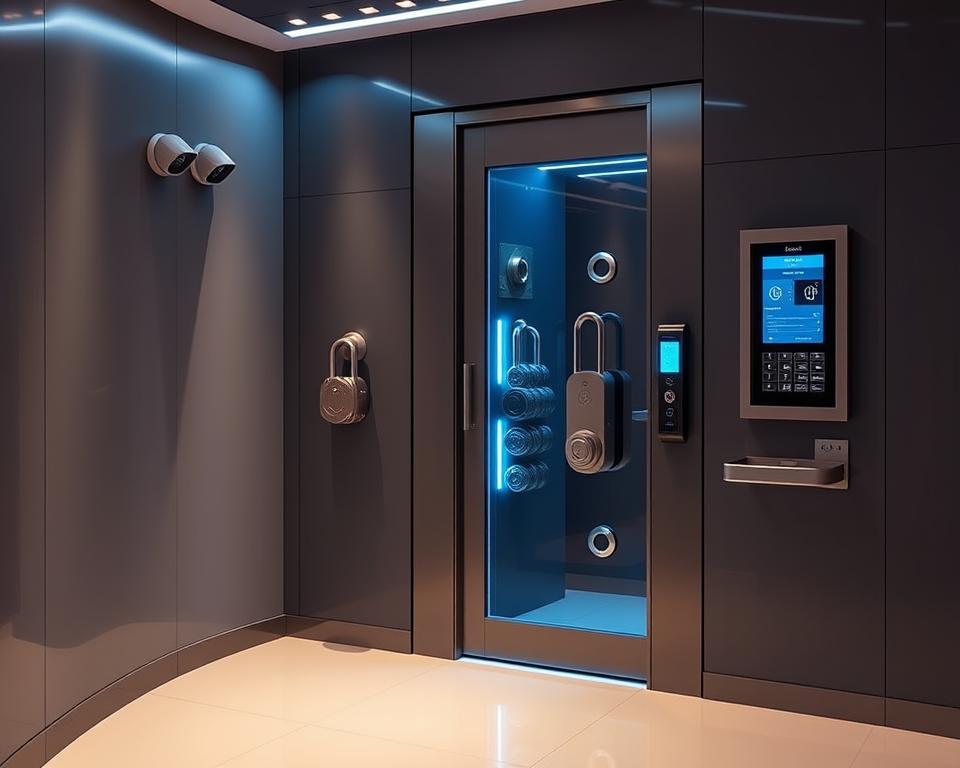

Recent Comments